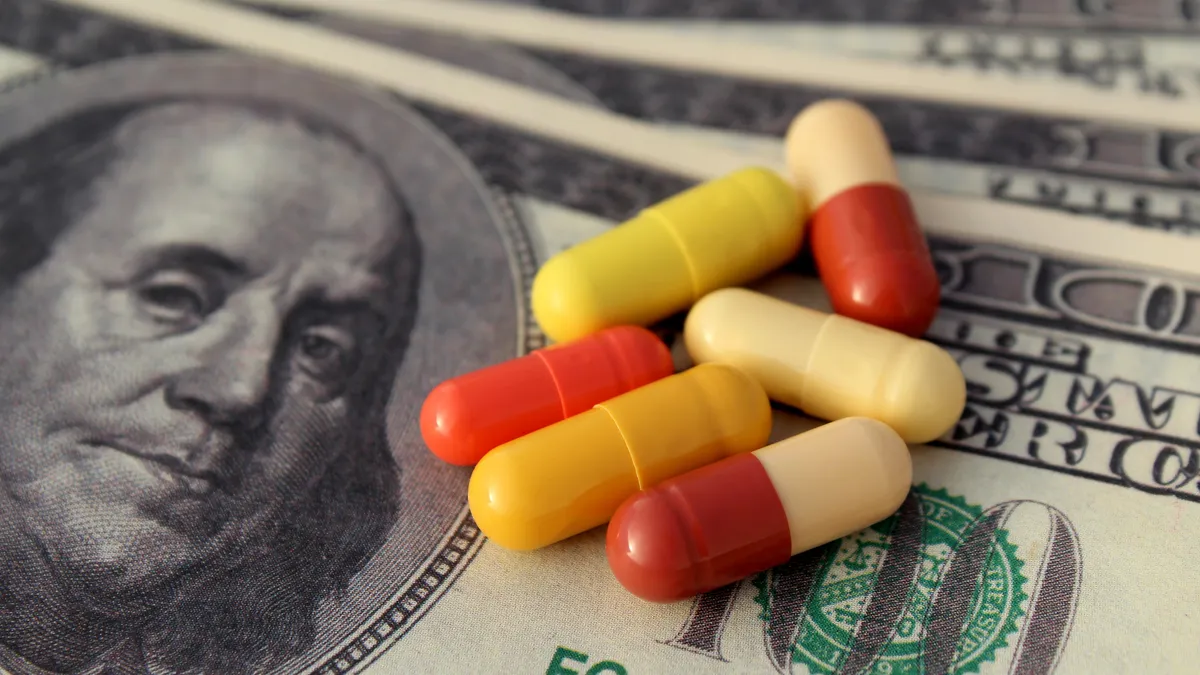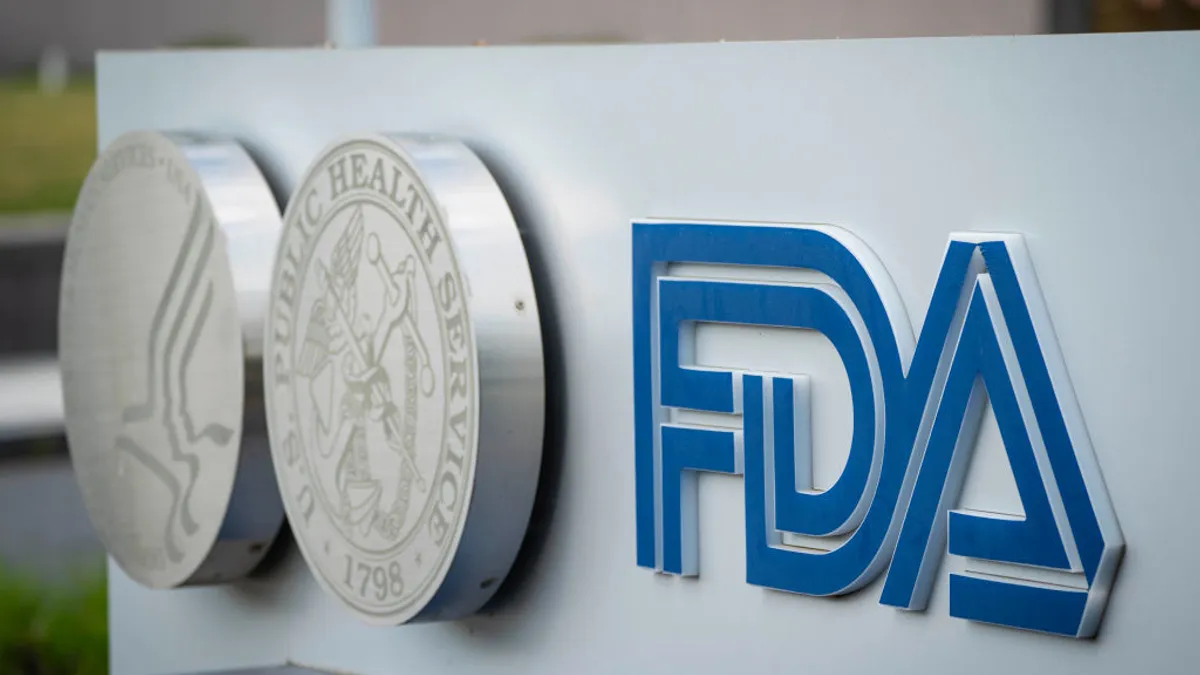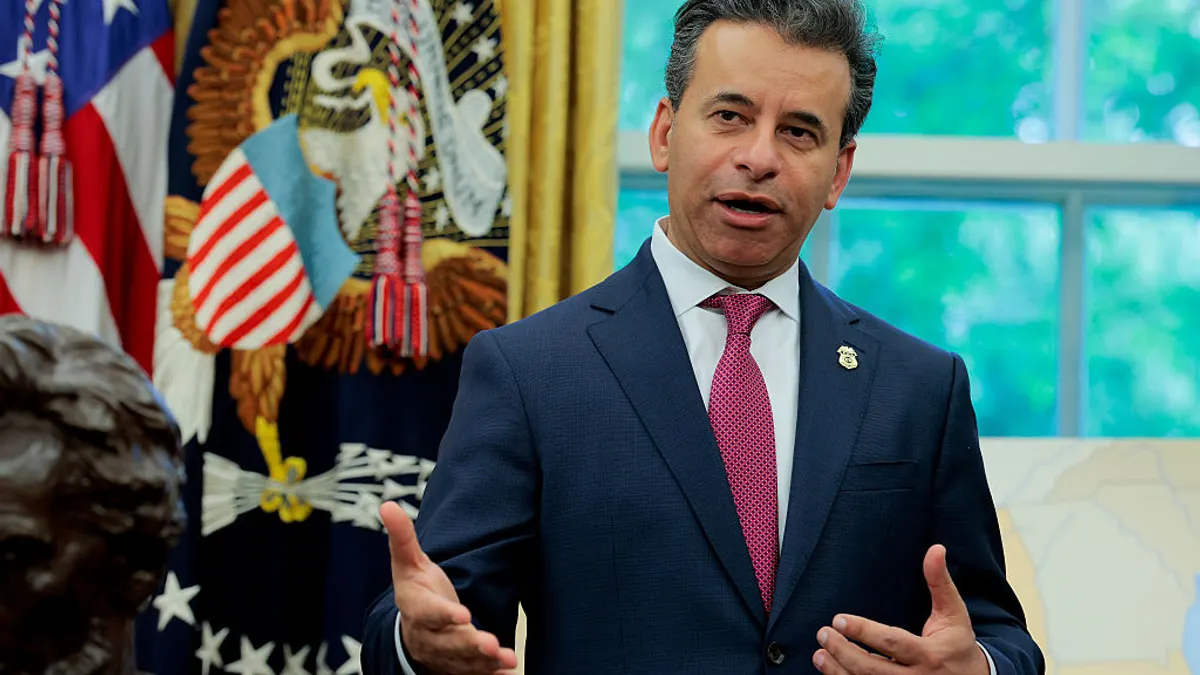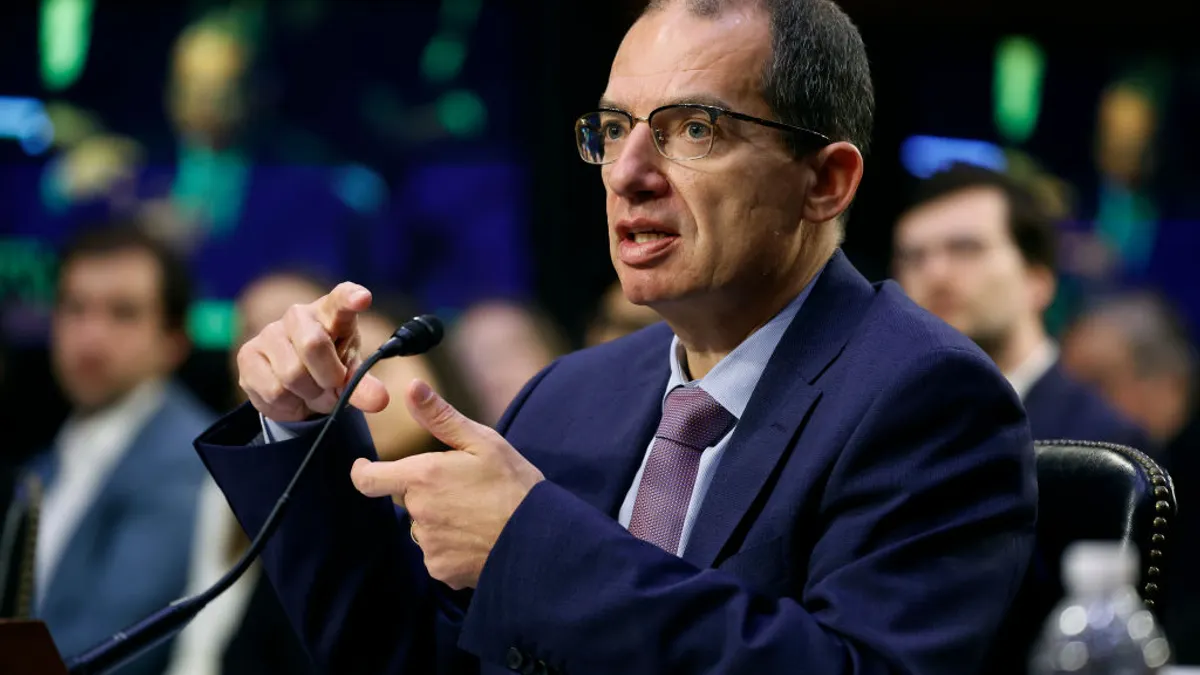As the pharmaceutical industry wrestles with the prospect of U.S. tariffs and global retaliation that could cut into future profits, the changing dynamic has industry leaders considering capital allocation strategies that could shift priorities in a meaningful way.
The question on the minds of analysts in these turbulent times, according to Glenn Hunzinger, pharmaceutical and life sciences leader at PwC, has been: “Is great science enough?”
It’s not like developing drugs, bringing them to market and getting them to patients has ever been easy, he noted.
“You have to spend $2 billion on average to get a drug to market with an average lifespan of seven to 10 years,” Hunzinger said. “It’s so competitive, and when we take a step back, pharma and the [life sciences] industry overall have underperformed the market.”
In a sector with little room for error, adding a major hitch to the supply chain causes headaches and drives potential cuts to the revenue engines needed for future growth.
“You end up with binary outcomes in the world of pharma,” Hunzinger said. “It’s a tough landscape to deal with as it is, and so adding tariffs to that is another challenge that this highly global industry does not need.”
But the resilience drugmakers have built up over time could help them overcome new obstacles, as well, Hunzinger said.
“The good thing is, all of these companies have set themselves up to be agile and evaluate the challenge,” he said. “The new norm is around volatility and challenges.”
The tariff subtext
Although pharmaceutical products were exempted from initial tariff rollouts, President Donald Trump has said they’re on the way. But even without a specific tax on imported drugs, pharma supply chains are in jeopardy from widespread disruption, Hunzinger said.
“This idea that there’s no tariffs for pharma — that’s not true,” he said. “There’s a subtext to all of this that is so important, and companies haven’t necessarily had to evaluate this in the same way they are now. Now they need to figure out, what is my exposure? And how do I address this?”
Manufacturing is where the life sciences could be hit hardest as the Trump administration’s trade war amasses collateral damage in its efforts to bring jobs to the U.S., upending decades of economic diplomacy between industry players.
“It behooves all leaders to evaluate what they can do now and be ready versus making big, bold moves. It’s too fluid an environment to make big strategic decisions based on each day’s activities.”

Glenn Hunzinger
Pharmaceutical and life sciences leader, PwC
Getting through unscathed would be an anomaly, said Anupam Girdhar, CEO of Ascential Medical and Life Sciences, a Michigan-based developer of manufacturing supplies for the life sciences industry.
“In any kind of war — trade or physical or cyber — somebody gets caught in the middle, and there’s an interim period where companies suffer,” Girdhar said. “You start to lose trust between various countries after you’ve worked so hard to build a brand name and a reputation.”
As these challenges mount like rust on every link of the supply chain, the costs eat away at every player down the line. From contract manufacturers raising rates to the laboratories performing intricate procedures at higher cost, drugmakers will feel the pain, Hunzinger said.
And that makes decisions difficult for biotech and pharma CEOs developing the next generation of drugs, he said.
“Balancing capital allocation is the most important thing a CEO can do, making tradeoffs to build a plant or invest in more R&D — those are tough decisions to make,” Hunzinger said. “So a lot of this is trying to figure out how to apply the rules where they hadn’t had to do that in a long time, rewiring financials and rewiring the organization.”
The tariff cost to the pharma sector could be immense, according to a PwC report last month that predicted “if pharmaceutical tariffs of 25% are imposed on this sector, tariff revenues could increase by approximately $76 billion.”
And with drug pricing such a volatile issue in the U.S., the levers that pharma leaders can pull are limited, Hunzinger said.
“In other industries, the reality is that prices will go up to compensate, but this industry doesn’t have that ability,” Hunzinger said, referring to pricing caps and other regulations around drug costs. “That’s going to be a real challenge, because if you just let this hit your bottom line, you’re dealing with the shareholder value impact. And at the end of the day, they’re responsible to shareholders as a fiduciary obligation.”
R&D suffers first
When confronted with shareholders’ expectations of growth, R&D is typically cut first to avoid raising prices, Hunzinger said.
“Some people are going to have to make hard decisions,” Hunzinger said. “But they may have to make them for the greater good of the company.”
Eli Lilly CEO David Ricks said earlier this month that tariffs place a target on R&D at his own company, signaling that the industry as a whole would likely look at it the same way. And that’s not what they got into the business to do, Girdhar said.
“The types of people in medical and life sciences are here to serve the patient, to serve life,” Girdhar said. “If anything bad happens to a critical part of a medicine that could have been prevented, if anyone gets hurt or a diagnosis is delayed, we’ll take that personally.”
Hunzinger agreed that the burden ultimately falls on the patient who needs a certain drug that may not come to the market due to R&D cuts.
“Every pharma is getting ready for discussions, whether it’s drug pricing or the tax piece of it, and they’re prepared to continue to argue for the importance of the industry to the health of Americans,” Hunzinger said.
Spooking investors
Capital allocation isn’t only important within each company’s ledger, but also to the overarching ecosystem as investors become more skittish when confronted with the volatility and uncertainty brought on by tariffs.
“The reality is tariffs are not good for the industry, and they’re not good for patients,” Hunzinger said. “There’s an allocation of capital that you need broadly in the industry to invest in great science, and it’s important that people are investing in that capital market.”
It’s not just the pharma giants who have to rethink their strategy in the face of global trade instability — biotechs also depend on a supple supply chain and investor buy-in. If biotech innovation is happening in China, that’s where venture capitalists will go to follow the science, Hunzinger said. He pointed out that the Chinese government once funded about $50 billion annually in R&D, which has slowed now, spurring companies there to seek funding from other avenues.
The U.S. lost ground in that time, and catching up will require a sizable capital effort.
“The reality is, there’s a lot of talent [in China] and the capabilities do reside there, so to be able to pull that back to the U.S., we’re going to need people studying those topics,” Hunzinger said. “It’s not as simple as just moving to the U.S. — you’re going to have to build toward it.”
Should pharma leaders make brash decisions to prepare for further disruption? That would be unwise, and well-seasoned executives balancing risk and capital allocation are used to approaching dynamic situations with caution, Hunzinger said.
“It behooves all leaders to evaluate what they can do now and be ready versus making big, bold moves,” Hunzinger said. “It’s too fluid an environment to make big strategic decisions based on each day’s activities.”
Leveraging tariffs could potentially improve the U.S. standing in the global economy, Hunzinger said, but only if it feeds back into the system it’s hurting in the short term.
“The idea that enhancing certain capabilities, both manufacturing and intellectual, in America is good for America long term,” Hunzinger said. “A broad, longer-term play as far as the health of our economy could help fund our healthcare in a more affordable way.”
The overall effect is likely to be detrimental to the health of the economy, but also to the economy of health in the U.S. — and hopefully won’t leave a lasting impression, Girdhar said.
“At the end of the day, it’s a temporary disruption that is going to hurt our economics in the interim,” Girdhar said. “That’s all.”





















